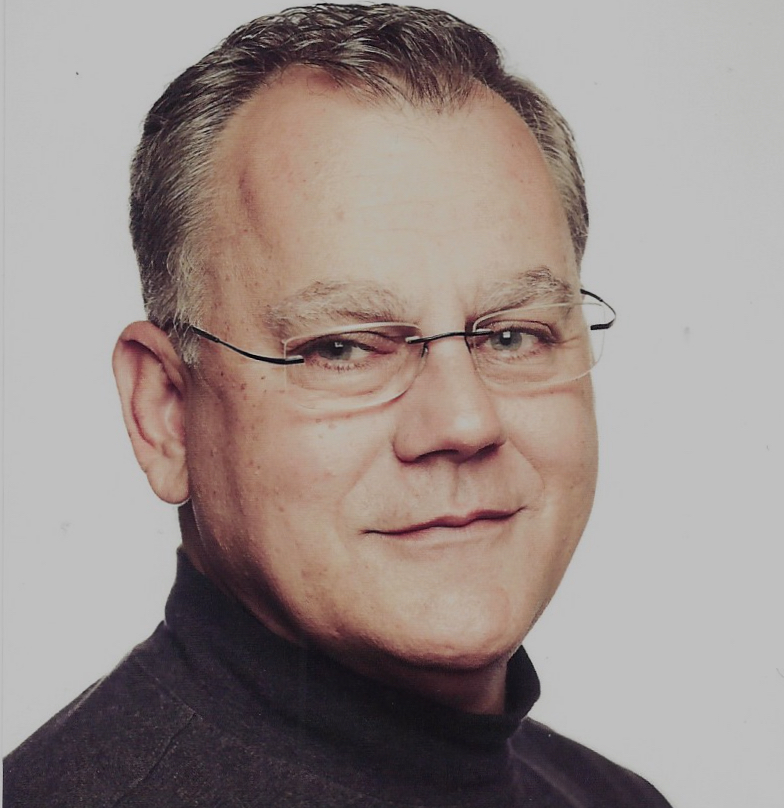How are Communication Service Providers in Germany Dealing with a More Distributed Workforce

COVID-19 has had a lasting impact on countries around the world and Germany is no different. However, Germany has to date been relatively successful at managing the pandemic, but the economic shock has still been profound. The country’s early and vigorous public health response has led to some of the lowest mortality rates in Europe. However, the containment measures caused a substantial drop in business activity, especially in contact-intensive sectors. Economic growth is expected to pick up in 2021 as vaccines become more widely distributed and communication service providers (CSPs) in Germany have seen a significant surge in demand as organisations moved to a distributed workforce.
To understand the true scale of demand and to gain a picture of how the pandemic has impacted CSPs in Germany, A10 Networks conducted research that delves into the challenges and issues and looks at how CSPs are adapting to a post-pandemic world with a more distributed workforce.
Over 1,200 senior professionals took part in the research from five different countries including UK, France, India, Middle East. 251 German respondents were interviewed as part of this study.
The Complexity of Operating in a Hybrid Workforce
The research identifies trends in demand and usage patterns and expectations around cyber security and resiliency. It examines communications service providers’ plans for investment, adoption of new technologies, and the complexity of operating a distributed workforce.
All five countries surveyed have seen a significant surge in demand, resulting in large-scale disruption with 100 percent of German respondents reporting an increase in subscriber demand by an average of 56 percent. Additionally, 99 percent of communication service providers in Germany said COVID-19 had created a more distributed workforce environment.
This has resulted in communication service providers having to scale up network infrastructure in high-demand locations and many have had to redistribute network capacity.
This has changed customer behavior and, in particular, increased demand and increased the pool of subscribers.
The environment won’t return to normal anytime soon and communication service providers in Germany anticipate a hybrid workforce post pandemic and don’t foresee a mass return to the office. In fact, only 26 percent say customers will return to pre-COVID-19 working practices, while 74 percent say a hybrid workforce will continue in some form post pandemic.
The Impact of COVID-19 on Investment Plans
Communication service providers in Germany have had to look closely at their investment plans and, out of the five countries surveyed, they ranked highest in reducing investments. However, because a hybrid workforce environment expands the cyber-attack surface, nearly half of communication service providers in Germany have accelerated investment plans in cyber security.
Cyber Security is High on the Agenda
Communication service providers in Germany ranked highest in saying that their customers are having to offer better network and endpoint security to protect against increasing attacks.
Without a doubt, it is a challenging environment for German communication service providers who have seen a lot of disruption already, and this is set to continue throughout 2021. Overall, it underlined that many German communications service providers are vulnerable and, as a result of COVID-19, more are now investing in cyber security in order to reinforce their defenses. As German communications service providers address digital transformation and cloud-native deployment models, they will need to prioritize applying more rigor to their cyber security strategy.
If you are interested in understanding more about the challenges facing communication service providers in Germany, download our research report here.